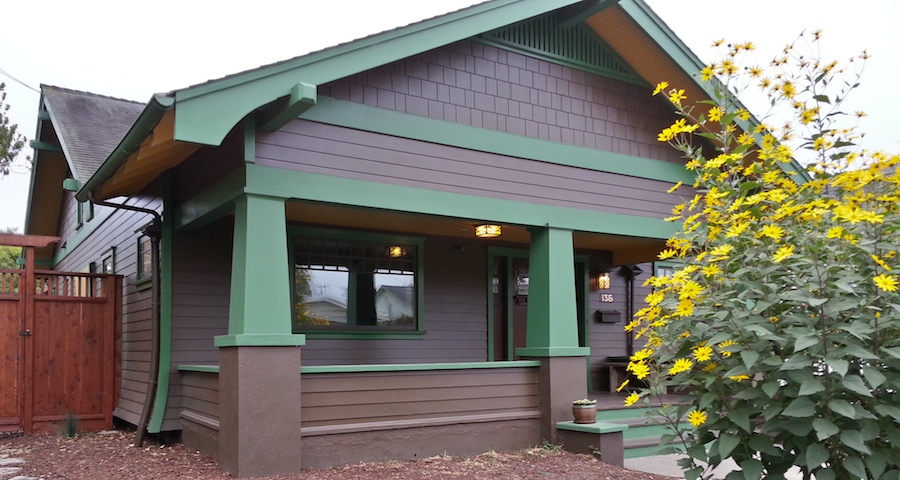
- Projects
- Posted
Certified passive buildings now cover 1 million square metres
The combined floor area of certified passive buildings worldwide has reached the one million metre mark with the certification of a retrofit project in Santa Cruz, California.
Here's a slightly edited version of the statement released today by the Passive House Institute to mark the occasion:
Building owners throughout the world are increasingly turning to the passive house standard. This autumn the number of square metres that have been certified internationally based on the highly efficient standard reached one million. The symbolic threshold was crossed with the certification of a detached house in Santa Cruz in California, USA. Almost 25 years after the construction of a prototype passive house in Darmstadt, tens of thousands of tenants and home owners continue to benefit from the low heating costs and high level of comfort provided by passive houses – on almost all continents and in practically every climate zone.
The Passive House Institute issued a special certificate for the refurbished building in California, noting the milestone achievement. The 90-year-old bungalow was converted by the owners into a future-oriented model while still retaining its outer appearance. In their blog, they report on the technical details of the renovation and the their energy consumption data on a regular basis.
To date, the Passive House Institute has issued certificates for just over 10,000 units built to the standard. However, certification is voluntary, meaning that the total number of passive buildings is much higher and there are no solid statistics available. "In principle, anyone can build a passive house,” says Zeno Bastian, head of building certification at the Passive House Institute. What matters is compliance with the clearly defined criteria for energy consumption. How this is achieved depends on the climate; in Central Europe the most essential measures include thermal bridge free construction, an airtight building envelope, a ventilation system with heat recovery, triple-glazed windows and excellent thermal insulation. "The primary purpose of certification is quality assurance,” says Bastian. "With this internationally recognised seal, buildings owners are safe in the knowledge that the desired savings for heating costs and added benefits of a passive house will actually be realised.”
With reference to architectural design, the passive house standard does not specify any particular type of construction – and the principles work for every type of building use. Certified projects are accordingly diverse. To date, the largest building built to the passive house standard is an office tower in Vienna which has a useable area of almost 21,000 square metres. The smallest passive house, certified at the end of November, is a building in France near Rennes with a floor area of just eleven square metres. Most passive houses are located in Central Europe, but construction based on this principle is increasingly spreading to other parts of the world; in addition to many buildings in North America and Eastern Asia, as well as pilot projects in South America and Central America, the first project in Australia was certified this past November.
The adoption of the passive house standard, especially in Europe, is expected to gain traction substantially in the coming years. In 2021, when the EU’s energy performance of buildings directive comes into effect, and the ‘nearly zero-energy building’ standard will become norm for all new buildings. This will be achievable through a combination of the passive house standard with the use of renewable energy. With savings of up to 90% in heating costs, the passive house standard does not only represent a meaningful solution for the energy revolution, but is also economically attractive for building owners.
Related items
-
Energising Efficiency
-
EU agrees “Blueprint for the world to decarbonise building stock”
-
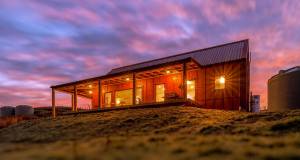 Big picture - New Zealand rural passive home
Big picture - New Zealand rural passive home -
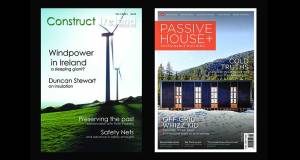 Podcast: what we've learned from 20 years in green building mags
Podcast: what we've learned from 20 years in green building mags -
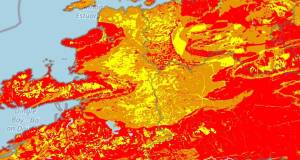 45,000 more Irish homes face radon risk, new maps reveal
45,000 more Irish homes face radon risk, new maps reveal -
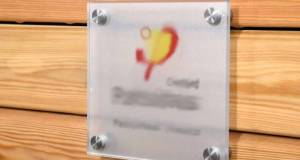 Passive house 30 years on: qualified success or brilliant failure?
Passive house 30 years on: qualified success or brilliant failure?

